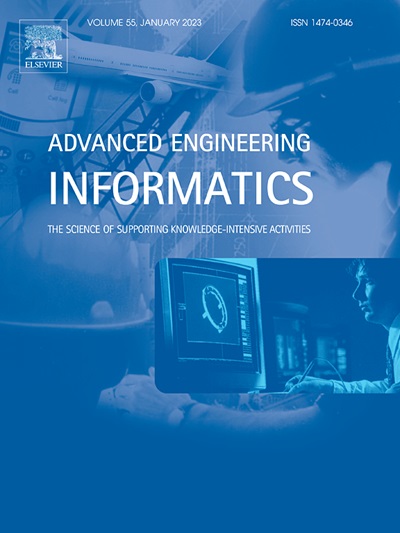LGGFormer: A dual-branch local-guided global self-attention network for surface defect segmentation
IF 8
1区 工程技术
Q1 COMPUTER SCIENCE, ARTIFICIAL INTELLIGENCE
引用次数: 0
Abstract
In industrial manufacturing, efficient and accurate surface defect detection is paramount. Recently, CNN-based defect segmentation networks have achieved significant success but have limitations in capturing global contextual information. Although Transformer models excel in global modeling, they often lack sufficient attention to local details. To combine the advantages of CNN and Transformer, this paper proposes a dual-branch local-guided global self-attention network (LGGFormer) for Surface Defect Segmentation. Considering the unique characteristics and computational differences between CNN and Transformer, we propose Local-Guided Global Attention Self-Attention (LGGSA) for extracting global and local information. LGGSA computes localized attention through a sliding window to capture rich contextual details. These local features are then aggregated for global attention computation, enabling the model to focus on areas signified as important by local information. To address the problems of tiny defects and low background contrast, we enhance the learning process by adding supervision to the CNN branch, forcing the branch to learn detailed boundary information. In addition, to take full advantage of the different modeling potentials of CNN and Transformer, we designed the Cross-Branch Feature Interaction Module (CBFI), which achieves a deep interaction between the two features through correlation-weighted integration to optimize feature extraction and representation. Finally, the edge-guided decoder (EGD) utilizes the boundary information extracted by the CNN to guide feature fusion to compensate for the loss of detail information. Experimental results on three public defect datasets demonstrate that our method exhibits promising performance.
求助全文
约1分钟内获得全文
求助全文
来源期刊

Advanced Engineering Informatics
工程技术-工程:综合
CiteScore
12.40
自引率
18.20%
发文量
292
审稿时长
45 days
期刊介绍:
Advanced Engineering Informatics is an international Journal that solicits research papers with an emphasis on 'knowledge' and 'engineering applications'. The Journal seeks original papers that report progress in applying methods of engineering informatics. These papers should have engineering relevance and help provide a scientific base for more reliable, spontaneous, and creative engineering decision-making. Additionally, papers should demonstrate the science of supporting knowledge-intensive engineering tasks and validate the generality, power, and scalability of new methods through rigorous evaluation, preferably both qualitatively and quantitatively. Abstracting and indexing for Advanced Engineering Informatics include Science Citation Index Expanded, Scopus and INSPEC.
 求助内容:
求助内容: 应助结果提醒方式:
应助结果提醒方式:


